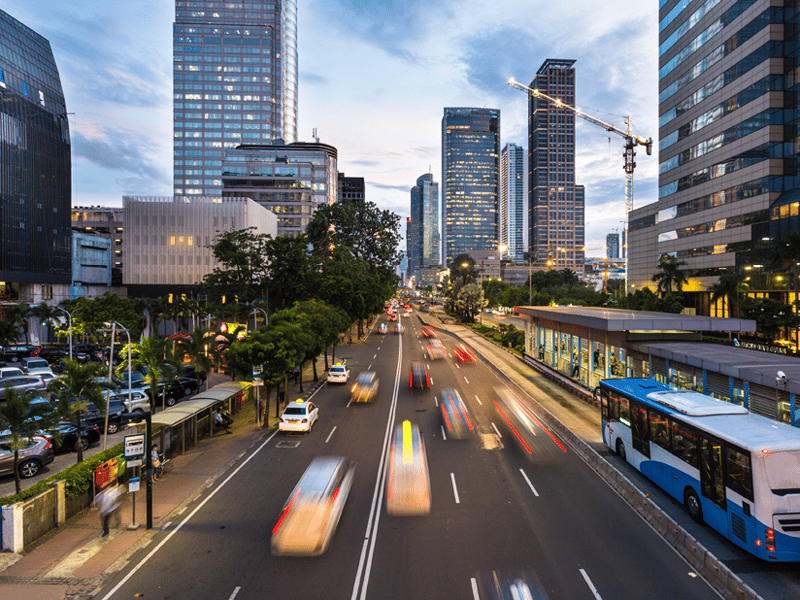

When it comes to transport planning, you must have a sound understanding of the different stages that may be involved in this process. Especially if you want to develop long-lasting solutions to any transport issues you face.
Although we are only discussing four stages, it is important to note that each of these stages play a significant part in the process of creating transport solutions.
The first stage itself comprises three different phases. All these parts are necessary since they lay the foundation for the rest of the transport planning process.
Research – In this phase, planners will perform as much relevant research as possible. The focus of the research should be historic as well as current. This research should be qualitative and quantitative to ensure you have access to the best information.
Data collection – In this phase, planners will collect their data and present it in a way that is easy to understand. They will also group sets of data together to ensure the information can be extrapolated and interpreted easily.
Analysis – The final part of this stage is to make sense of the raw data you have collected. Doing this will allow planners to find trends and other useful information to influence the rest of their process.
The transportation models which are often used in this transport planning stage can be made up of their own four stages, which are explained below.
Trip generation – what is the purpose, starting point, and destination of the trip? Trip generation is usually split between home-based and non-home-based.
Trip distribution – to do this you need to allocate zones in an area. Once allocated you can determine the volume and nature of trips between zones and cater policies to this. For example, roads used most at night could use glow in the dark strips.
Traffic assignment – this section attempts to streamline traffic through zones based on time, distance, the cost to travel, multiple routes, and multiple methods for travel.
Mode differentiation – this is concerned with the modes of travel. For example, is it private transport or public transport, or a mix?
Predictions and strategies for alternative policies
Once you have designed and implemented your transportation model, this step will be used to make predictions on whether there will be any significant changes because of current patterns and how they relate to the new information you have added.
The last stage of the transport planning process is the process of evaluating policies and changes that have been made. The evaluation can be done either internally or externally and may be held in private with stakeholders or open to the public.
The evaluation process may include certain aspects that were not featured in previous stages. For example, the evaluation may have a large focus on the financial aspects of the policies and may involve a political aspect. The evaluation process is also likely to include information regarding maintenance, public perception, adjusting current policies, and determining if new strategies are needed. For example, a change might be needed to enhance pedestrian safety.
At Speed Humps Australia, we’ve spent ten years focusing on one thing: to provide one style of product, and to do it exceptionally well. We have worked tirelessly to develop specifications that do not fade or deteriorate, are easy to install, and are made from high-quality, recycled rubber for minimal environmental impact.
With just a handful of our clients around the nation including KFC, McDonalds, Westfield, Shell, various mining operations and Local Government our rumble bars, speed humps and wheel stops have been purposefully designed to truly go the distance.
As our design and production is all handled in house and supplied Australia wide, get in touch with us today to request a quote or discuss how we can help with providing a tailored solution to your unique project requirements.



For 10 years, our focus has been on one thing: to provide one style of product and to do it well.
Our wheel stops, speed humps and rumble bars meet Australian Standards, don’t fade, and we’ve never needed to replace one.

For 10 years, our focus has been on one thing: to provide one style of product and to do it well.
Our wheel stops, speed humps and rumble bars meet Australian Standards, don’t fade, and we’ve never needed to replace one.